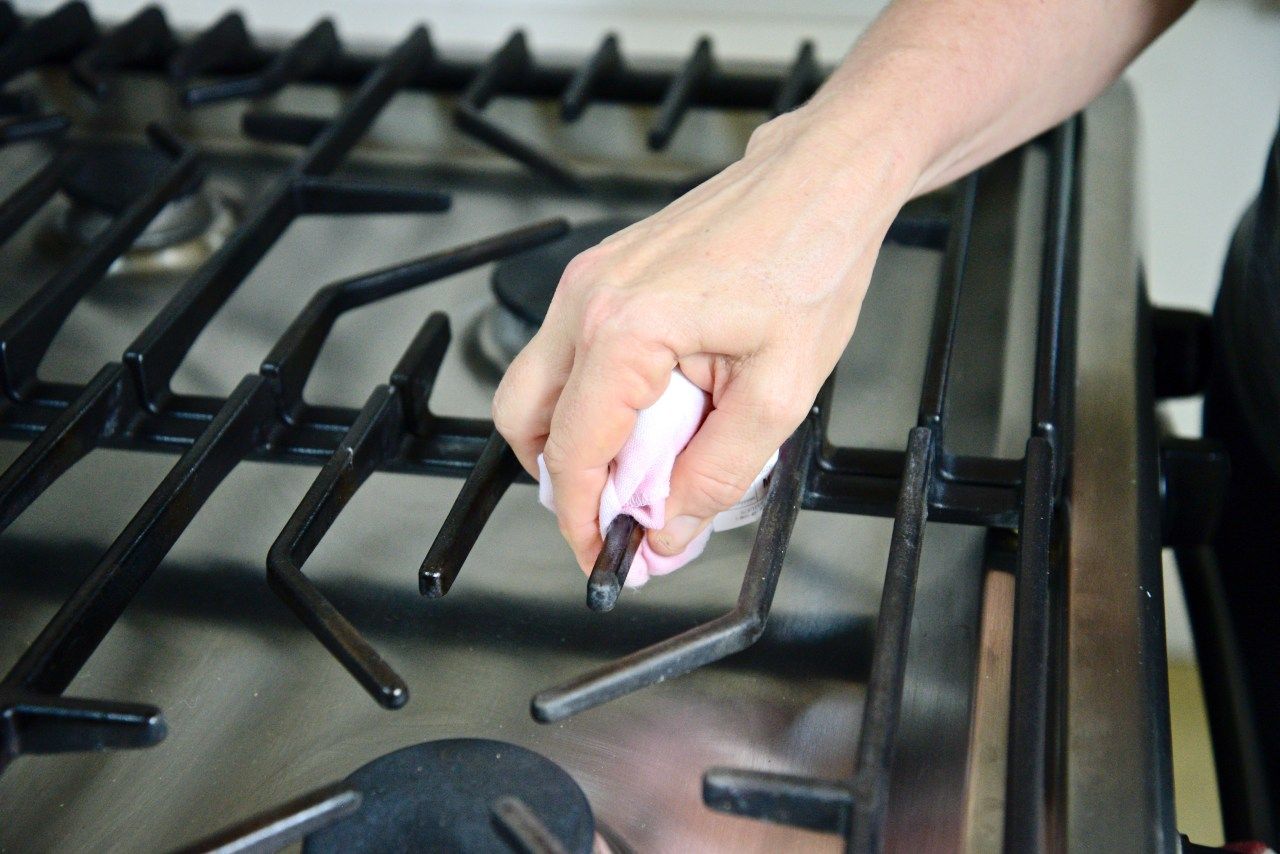

Articles
How To Clean Stove Grills
Modified: October 29, 2024
Discover effective methods for cleaning stove grills with our comprehensive articles. Say goodbye to stubborn grease and grime and keep your stove looking brand new.
(Many of the links in this article redirect to a specific reviewed product. Your purchase of these products through affiliate links helps to generate commission for Storables.com, at no extra cost. Learn more)
Introduction
When it comes to keeping your kitchen clean and hygienic, one area that often gets overlooked is the stove grills. Over time, grease, food particles, and stains can accumulate on the grills, making them not only unsightly but also a potential breeding ground for bacteria.
Regular cleaning of your stove grills is essential not only for aesthetics but also for maintaining the efficient performance of your stove. Dirty grills can interfere with the burner flame and cause uneven cooking or even malfunctioning of the stove.
In this article, we will guide you through the process of cleaning stove grills effectively and safely. From removing the grills to tackling stubborn stains, we have got you covered. So let’s dive in and learn the steps to achieve spotless and sparkling stove grills!
Key Takeaways:
- Regularly cleaning stove grills is essential for aesthetics and stove efficiency. Follow safety precautions and effective cleaning methods to maintain a hygienic and functional cooking surface.
- Incorporate regular maintenance habits to extend the lifespan of stove grills. Wipe down after each use, deep clean regularly, and avoid harsh abrasives for spotless and well-maintained grills.
Read more: How To Use Jenn-Air Cooktop Grill
Safety Precautions
Before starting the cleaning process, it’s important to prioritize safety. Here are some essential safety precautions to keep in mind:
- Turn off the stove: Ensure that the stove is completely turned off and cool to the touch before proceeding with the cleaning. This will prevent any accidental burns.
- Disconnect the power: If your stove is electric, unplug it from the power source to avoid the risk of electric shock.
- Use protective gear: Wear gloves to protect your hands from any chemicals or sharp edges while handling the grills.
- Ventilate the area: Open windows or use a ventilation fan to ensure proper air circulation, especially if you are using any cleaning agents that may produce strong fumes.
- Read product instructions: If you are using any cleaning products, carefully read and follow the instructions provided by the manufacturer. Some products may require specific precautions or dilution ratios.
- Avoid abrasive materials: Use non-abrasive cleaning tools, such as soft-bristle brushes or microfiber cloths, to prevent scratching the surface of the grills.
- Keep children and pets away: During the cleaning process, ensure that children and pets are kept at a safe distance to avoid any accidents.
By following these safety measures, you can protect yourself, your stove, and the surrounding environment while cleaning the stove grills.
Removing the Stove Grills
Before you can start cleaning the stove grills, you need to remove them from the stovetop. Here’s a step-by-step guide on how to do it:
- Refer to the user manual: Consult the user manual of your stove to understand the specific method for removing the grills. Different stoves may have different mechanisms for detaching the grills.
- Lift the burner caps: Start by lifting the burner caps from each burner. These caps are usually placed on top of the burner and can be easily lifted with your fingers. Set them aside in a safe place.
- Remove the grills: Once the burner caps are removed, you will see the grills beneath them. Carefully grip the grills from the sides and lift them straight up. Avoid twisting or bending them to prevent any damage.
- Place the grills on a protected surface: Once you have removed the grills, place them on a protected surface such as a newspaper or an old towel. This will catch any dirt or debris that may fall off during the cleaning process.
By following these steps, you can easily detach the stove grills and prepare them for the cleaning process. Remember to handle the grills with care to avoid any breakage or damage.
Cleaning the Stove Grills
Now that you have removed the stove grills, it’s time to give them a thorough cleaning. Here’s a step-by-step guide on how to clean the grills effectively:
- Scrape off loose debris: Start by using a soft brush or sponge to remove any loose debris or food particles from the grills. Gently scrub the surface to dislodge any stubborn residue.
- Prepare a cleaning solution: Fill a bucket or sink with warm water and add a few drops of mild dish soap. Stir the water to create suds.
- Soak the grills: Place the grills in the soapy water and let them soak for about 15-20 minutes. This will help to loosen any greasy buildup and make it easier to remove.
- Scrub the grills: After soaking, take a non-abrasive sponge or brush and gently scrub the grills to remove any remaining dirt or grease. Pay attention to the corners and crevices where residue may accumulate.
- Rinse thoroughly: Once you are satisfied with the cleanliness of the grills, rinse them thoroughly with clean water to remove any soap residue.
- Dry the grills: Use a clean towel or allow the grills to air dry completely before reassembling them. This will prevent any moisture from causing rust or corrosion.
By following these steps, you can effectively clean the stove grills and remove any dirt, grease, or food residue that may have accumulated. Remember to be gentle while scrubbing to avoid causing any damage to the grills.
Removing Stubborn Stains
Sometimes, regular cleaning may not completely remove stubborn stains on your stove grills. If you come across tough, baked-on stains, here are some methods you can try to remove them:
- Vinegar and Baking Soda: Create a paste by mixing equal parts of vinegar and baking soda. Apply the paste to the stained areas and let it sit for about 30 minutes. Scrub gently with a soft brush or sponge, and rinse thoroughly.
- Ammonia: In a well-ventilated area, place the grills in a plastic bag along with a small bowl containing ammonia. Seal the bag tightly and leave it overnight. The fumes from the ammonia will help to break down the stains. The next day, rinse the grills thoroughly and dry them before reassembling.
- Oven Cleaner: If the stains are particularly stubborn, you can try using a commercial oven cleaner. Follow the instructions on the product label and make sure to wear protective gloves. Spray the cleaner on the stained areas, let it sit for a designated time, and then scrub gently with a sponge or brush. Rinse thoroughly afterwards.
- Barbecue Grill Cleaner: Another option is to use a specialized barbecue grill cleaner. Apply the cleaner according to the manufacturer’s instructions and let it sit for the recommended time. Scrub the stained areas gently and rinse thoroughly.
Remember to read and follow the instructions provided by the manufacturer for any cleaning products you use. Test any cleaning method on a small, inconspicuous area first to ensure that it doesn’t cause any damage to the grills.
If the stains persist even after trying these methods, it may be time to consider replacing your grills.
To clean stove grills, remove them from the stove and soak in hot, soapy water for at least 15 minutes. Scrub with a brush or sponge to remove built-up grease and grime. Rinse and dry thoroughly before placing back on the stove.
Read more: How To Clean An Indoor Grill
Cleaning the Burner Caps
While cleaning the stove grills, it’s important not to forget about the burner caps. These caps, which sit on top of the burners, can also accumulate dirt and grease over time. Here’s how you can clean them:
- Remove the burner caps: If you haven’t already removed them while taking off the grills, gently lift the burner caps from each burner and set them aside.
- Soak in warm soapy water: Fill a sink or basin with warm water and add a few drops of mild dish soap. Place the burner caps in the soapy water and let them soak for about 15-20 minutes to loosen any dirt and grime.
- Scrub the burner caps: After soaking, use a non-abrasive sponge or brush to scrub the burner caps, removing any remaining residue. Pay attention to any stubborn stains or caked-on grease, and give them a little extra attention.
- Rinse thoroughly and dry: Rinse the burner caps with clean water to remove any soap residue. Ensure that they are completely dry before placing them back on the burners.
It’s important to note that not all burner caps are dishwasher safe. Check the manufacturer’s instructions to determine if yours can be cleaned in the dishwasher. If not, it’s best to stick to hand washing to avoid any damage.
By regularly cleaning the burner caps along with the stove grills, you can ensure that your entire stovetop remains clean and free from food debris and grease buildup. This helps to maintain optimal performance and prolong the lifespan of your stove.
Reassembling the Stove Grills
Once you have cleaned the stove grills and burner caps, it’s time to reassemble them and get your stove ready for cooking. Follow these steps to ensure the proper reassembly:
- Dry the grills: Make sure that the grills are completely dry before reassembling them. Moisture can cause rust or corrosion, so take the time to dry them thoroughly with a clean towel or allow them to air dry.
- Align the grills: Position each grill over the burners, ensuring that they are properly aligned with the burner openings. The grills should fit snugly and sit flat on the stovetop.
- Place the burner caps: Take the burner caps that you cleaned earlier and place them back onto the burners. Make sure that they are securely in place and evenly covering the burners.
- Double-check the arrangement: Take a moment to double-check that all the grills and burner caps are in their correct positions. This will help to ensure proper functioning and prevent any accidents while cooking.
Once you have reassembled the stove grills and burner caps, your stove is now ready for use. Turn on the burners and test them to ensure they are functioning properly. Enjoy cooking on clean and well-maintained grills!
Maintaining the Stove Grills
Regular maintenance is key to keeping your stove grills in optimal condition. By incorporating these simple habits into your routine, you can extend the lifespan of your grills and ensure they remain clean:
- Wipe down after each use: After every cooking session, wipe down the grills with a damp cloth or sponge to remove any immediate spills or food residue. This will prevent stains from setting and make deep cleaning easier in the long run.
- Deep clean regularly: While regular wipe-downs are important, it’s also essential to give your grills a thorough cleaning every few weeks or when they become visibly dirty. Follow the cleaning steps outlined earlier in this article to remove grease and keep them spotless.
- Avoid harsh abrasives: When cleaning the grills, refrain from using abrasive materials or harsh chemicals that can damage the surface. Stick to mild dish soap and non-abrasive cleaning tools like soft brushes or sponges.
- Address spills promptly: If you spill any liquids or sauces on the grills during cooking, address them as soon as possible. Wipe off the spill and clean the affected area to prevent it from hardening and becoming difficult to remove later.
- Protect from scratches: Avoid using sharp utensils or abrasive cleaning tools on the grills, as they can cause scratches or damage the surface. Use gentle cleaning techniques and non-abrasive materials to maintain their appearance.
- Inspect for wear and tear: Regularly inspect the grills for any signs of wear or damage. If you notice any cracks, bent metal, or other issues, it may be time to replace the grills to ensure safe and efficient cooking.
- Read the manufacturer’s guidelines: Consult the user manual or guidelines provided by the manufacturer for specific maintenance instructions. Different stove models may have unique recommendations for cleaning and care.
By following these maintenance tips, you can keep your stove grills clean, functional, and safe for years to come. A little attention and care go a long way in preserving the beauty and performance of your stove grills.
Conclusion
Cleaning stove grills doesn’t have to be a daunting task. With the right approach and a little bit of effort, you can keep your grills looking and functioning their best. By following the steps outlined in this article, you can easily remove dirt, grease, and stains, ensuring a clean and hygienic cooking surface for your delicious meals.
Remember to prioritize safety throughout the cleaning process by following the recommended precautions. Additionally, regular maintenance and proper care of your stove grills will help prolong their lifespan and maintain optimal performance.
So, the next time your stove grills are in need of a thorough cleaning, don’t hesitate to tackle the task. You’ll be rewarded with a sparkling clean cooking surface that not only enhances the aesthetics of your kitchen but also ensures the efficient functioning of your stove.
Make stove grill cleaning a regular part of your kitchen routine, and enjoy cooking on a pristine surface every time. Bon appétit!
Frequently Asked Questions about How To Clean Stove Grills
Was this page helpful?
At Storables.com, we guarantee accurate and reliable information. Our content, validated by Expert Board Contributors, is crafted following stringent Editorial Policies. We're committed to providing you with well-researched, expert-backed insights for all your informational needs.
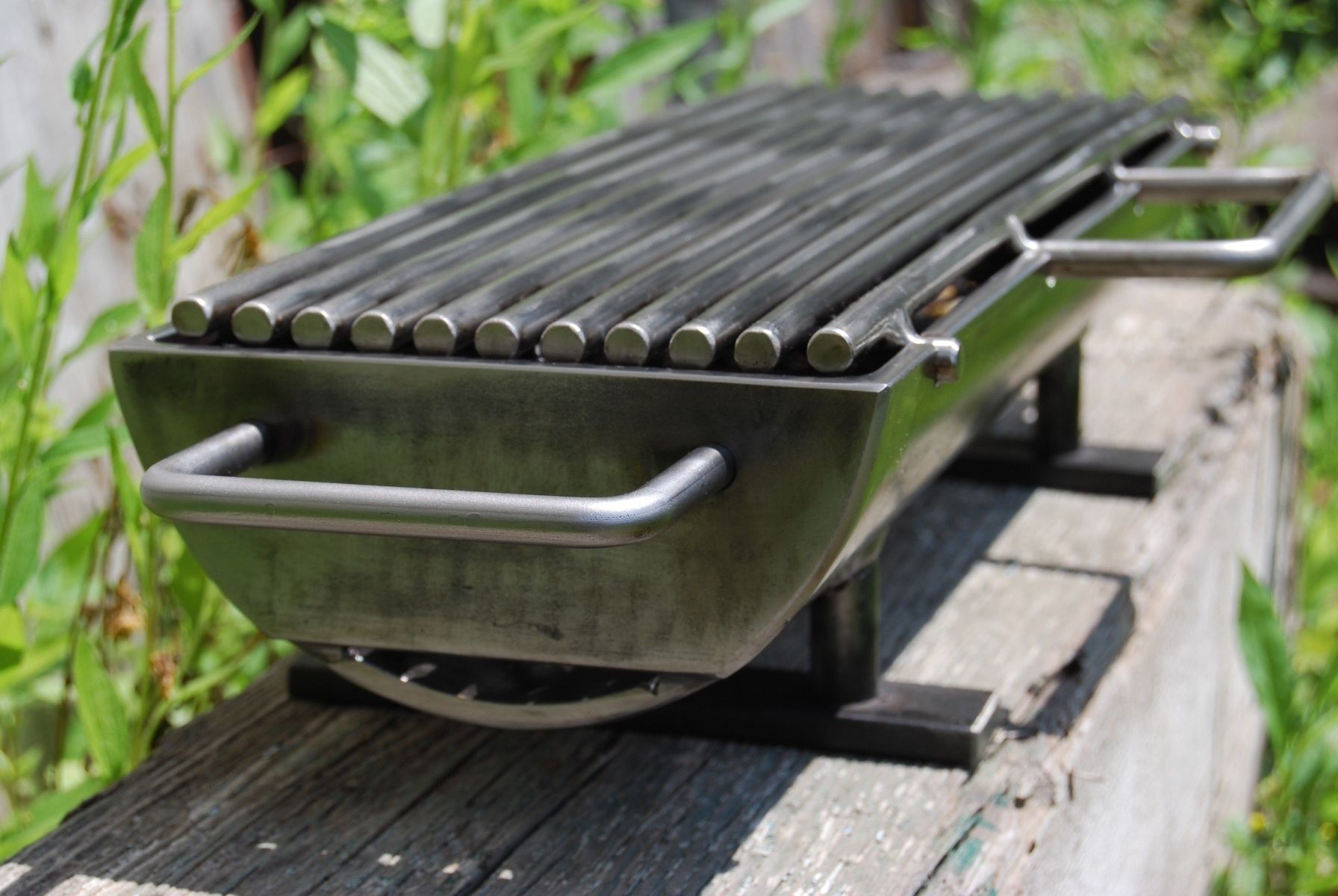
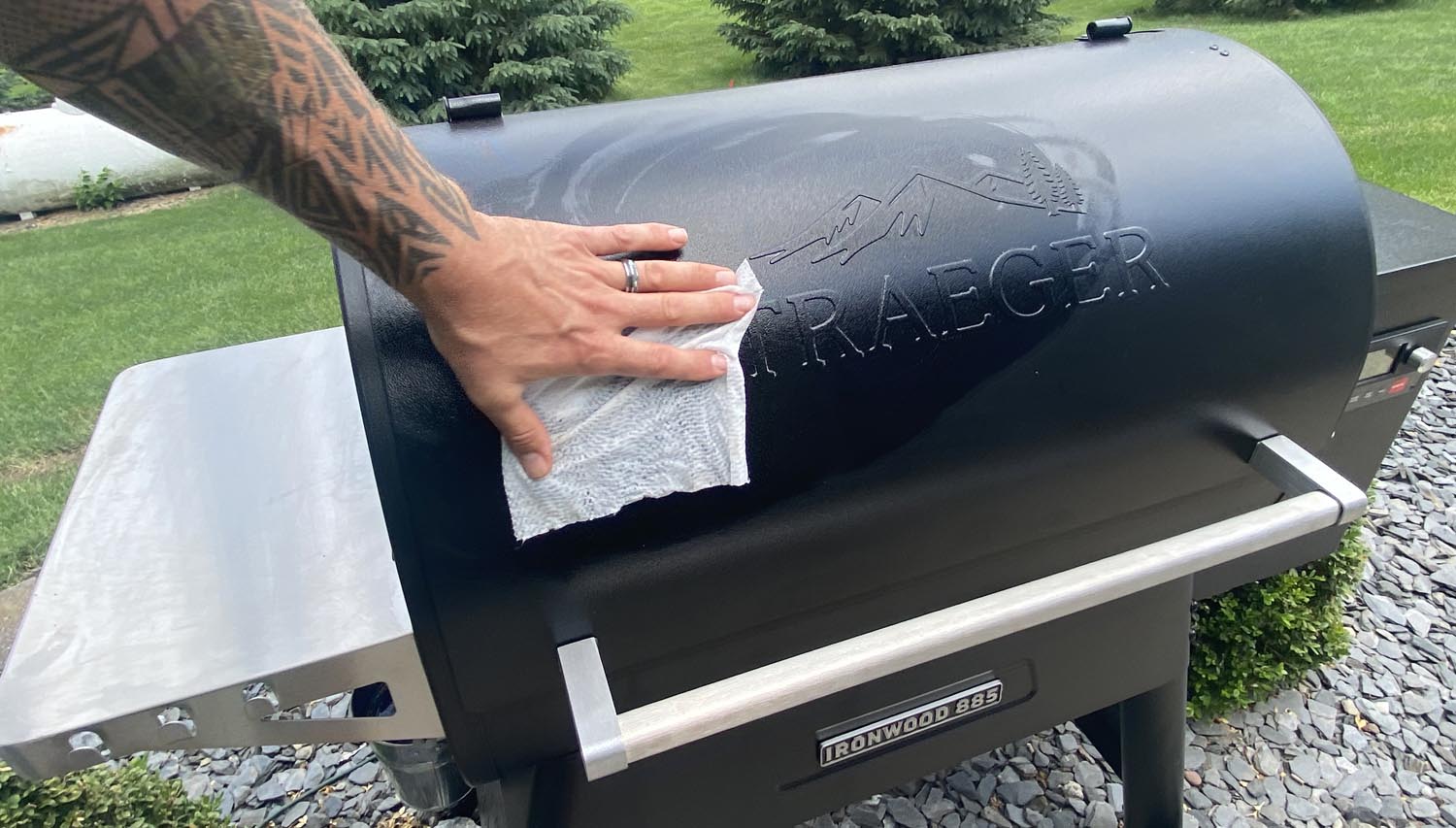

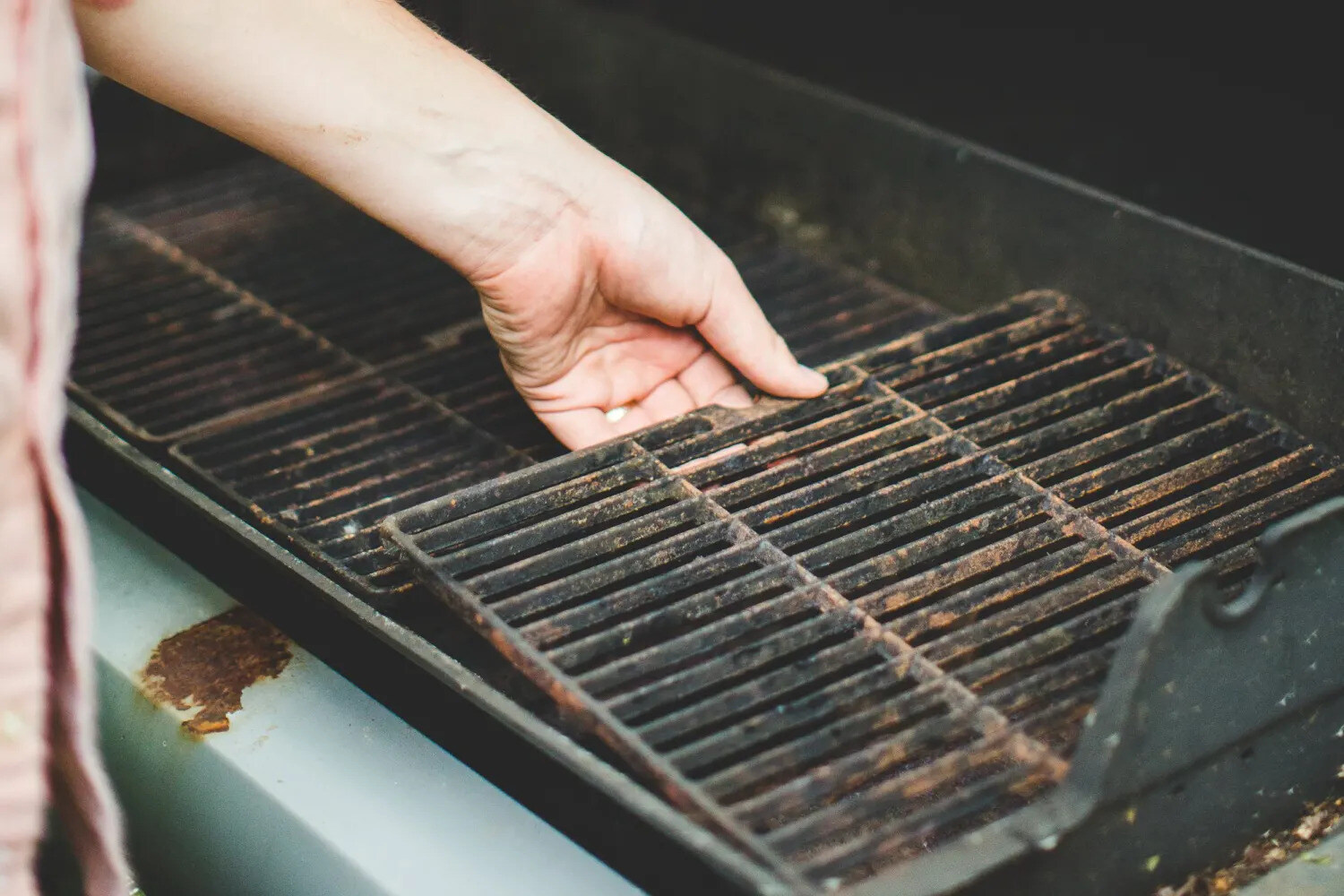
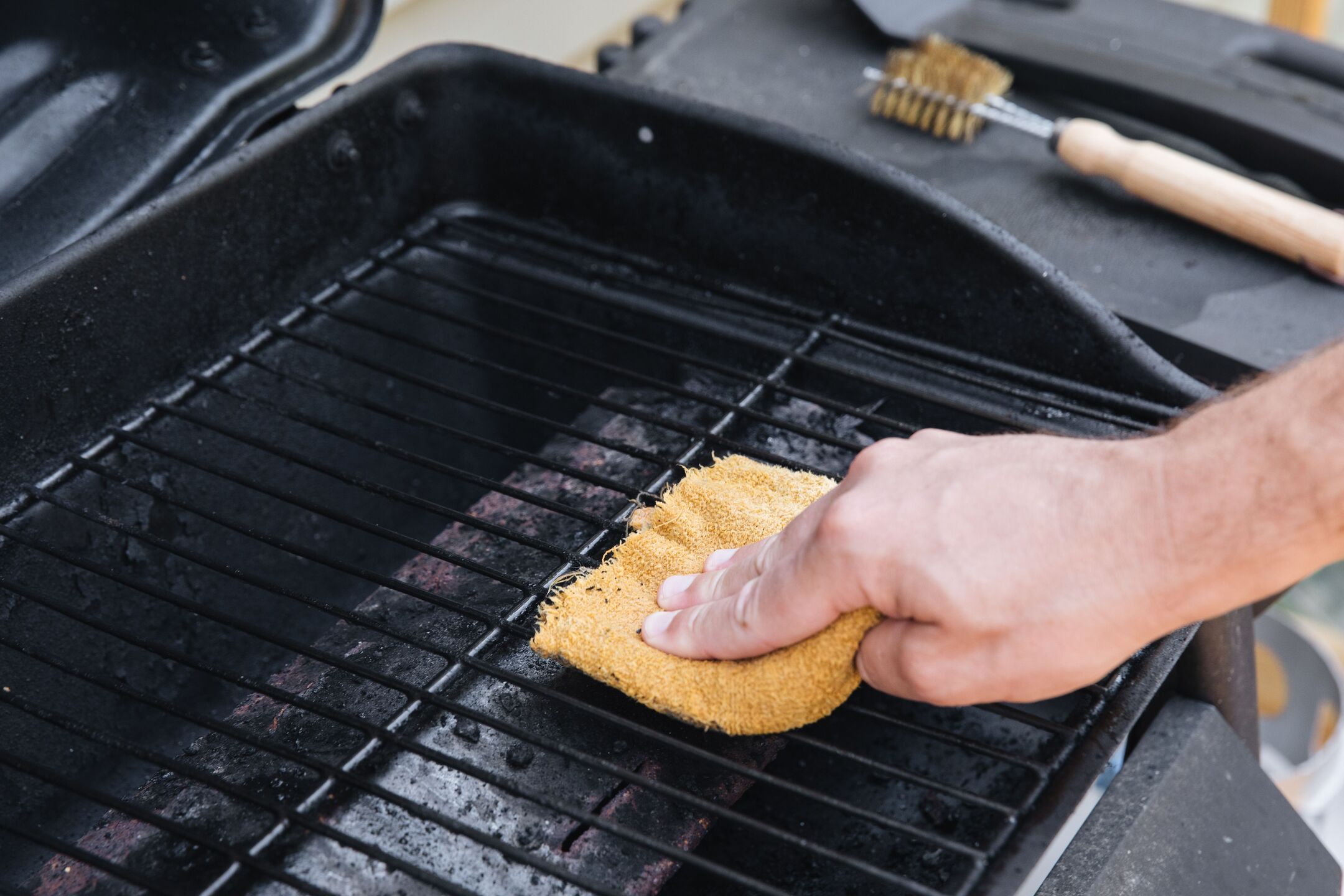
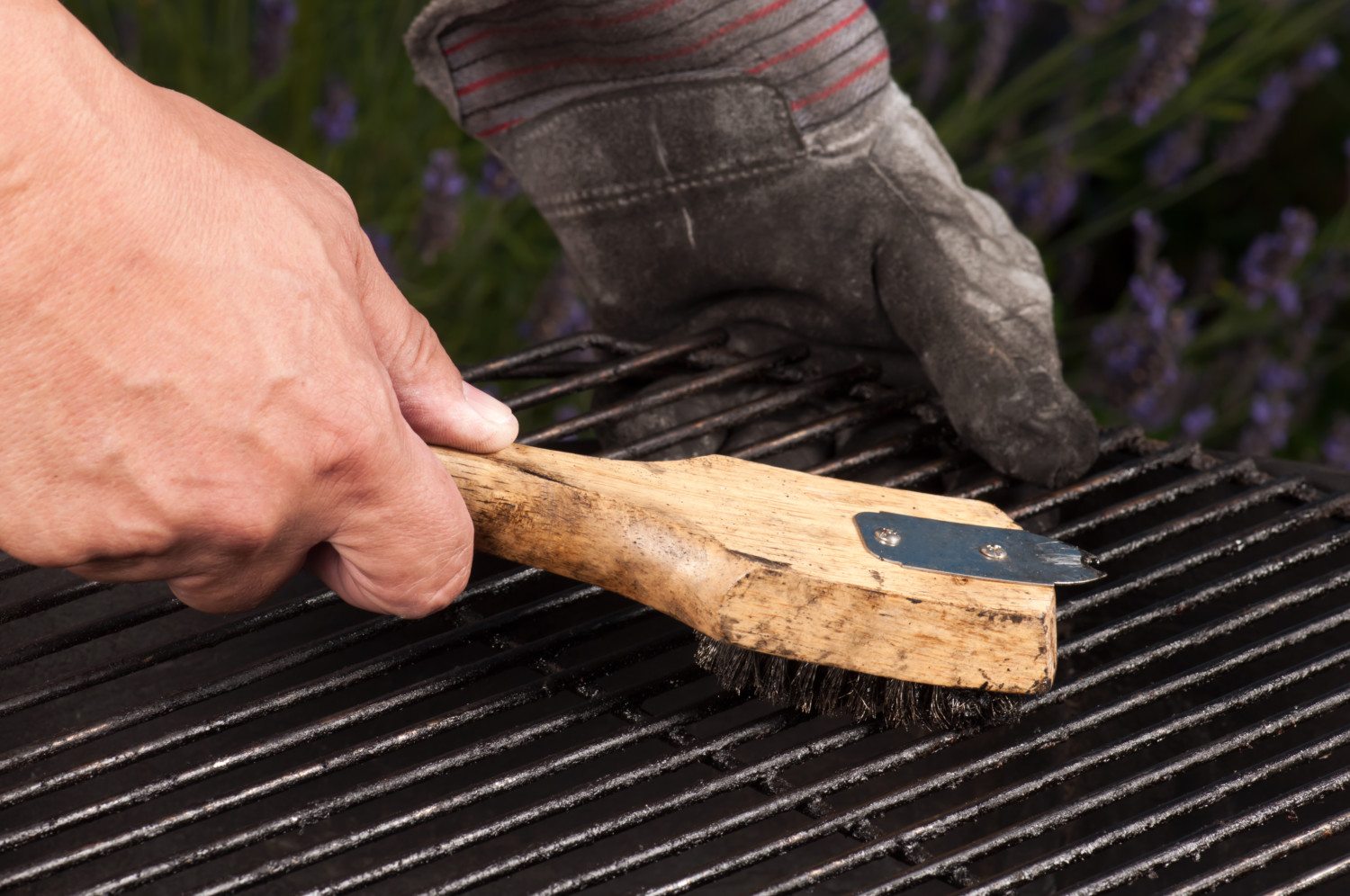
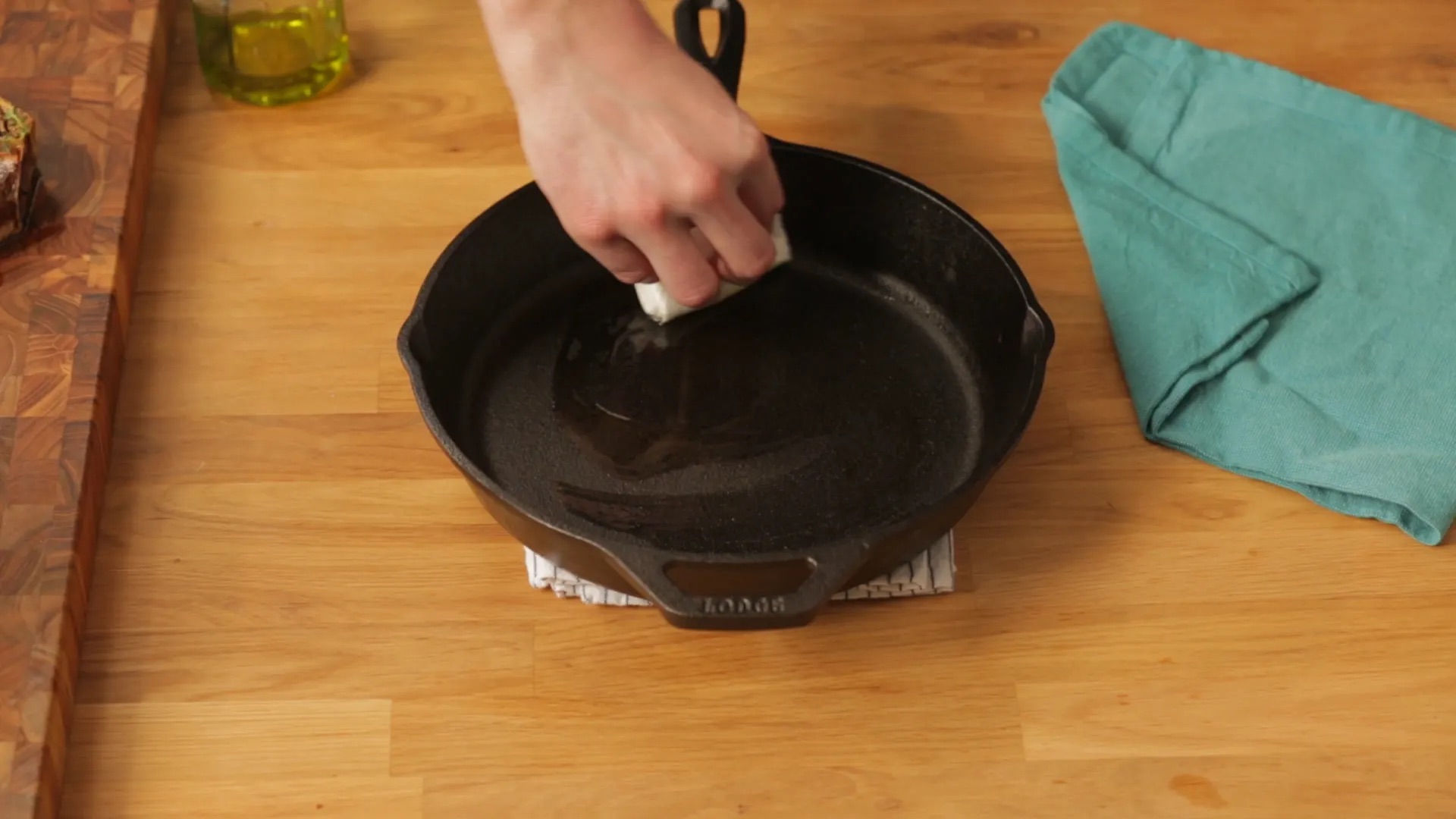
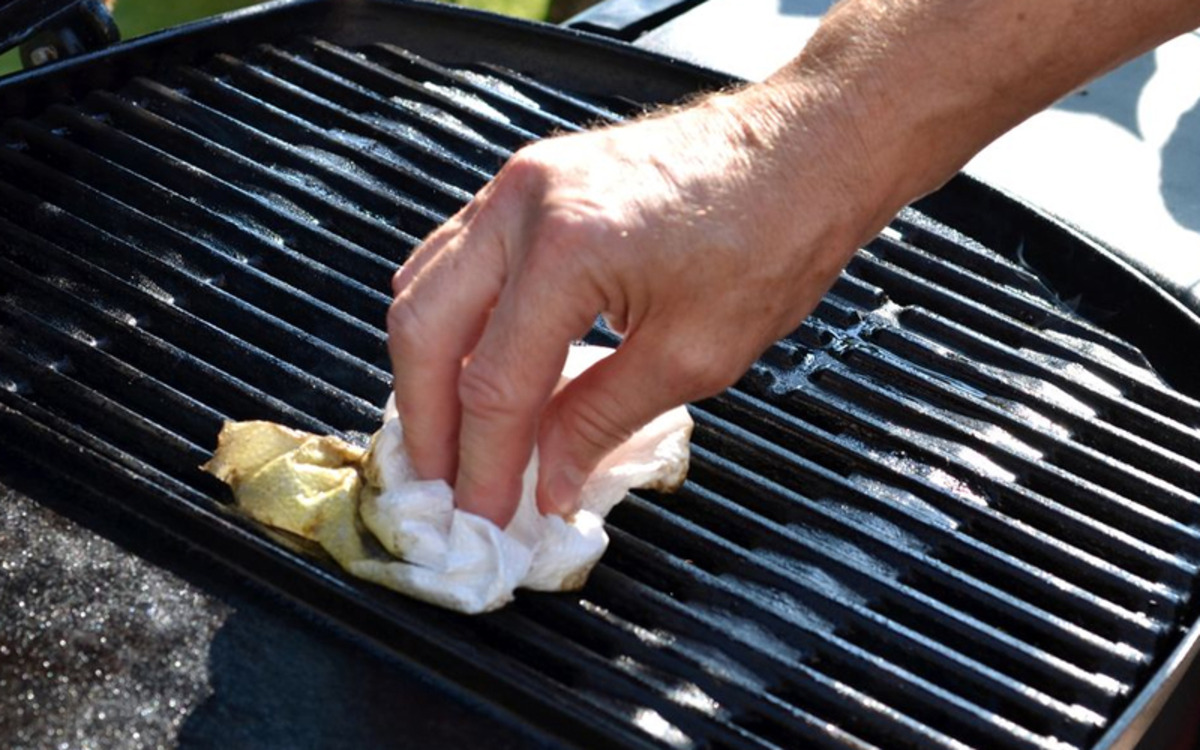
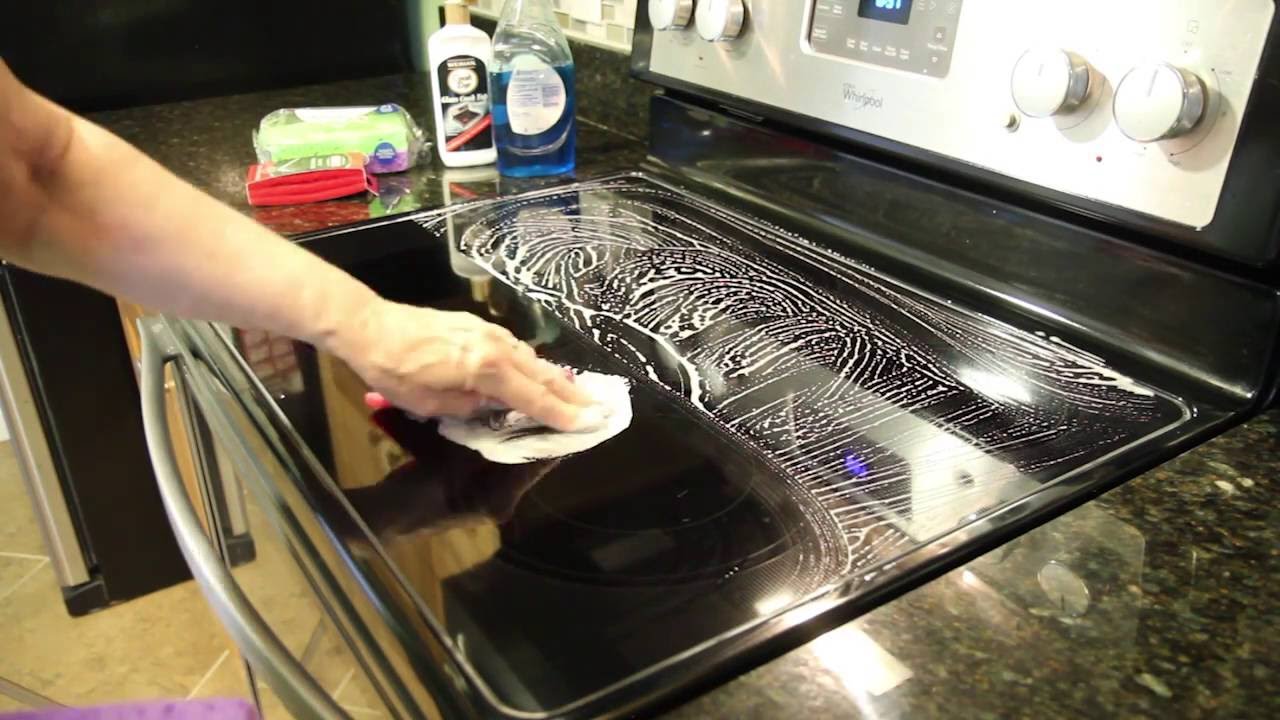

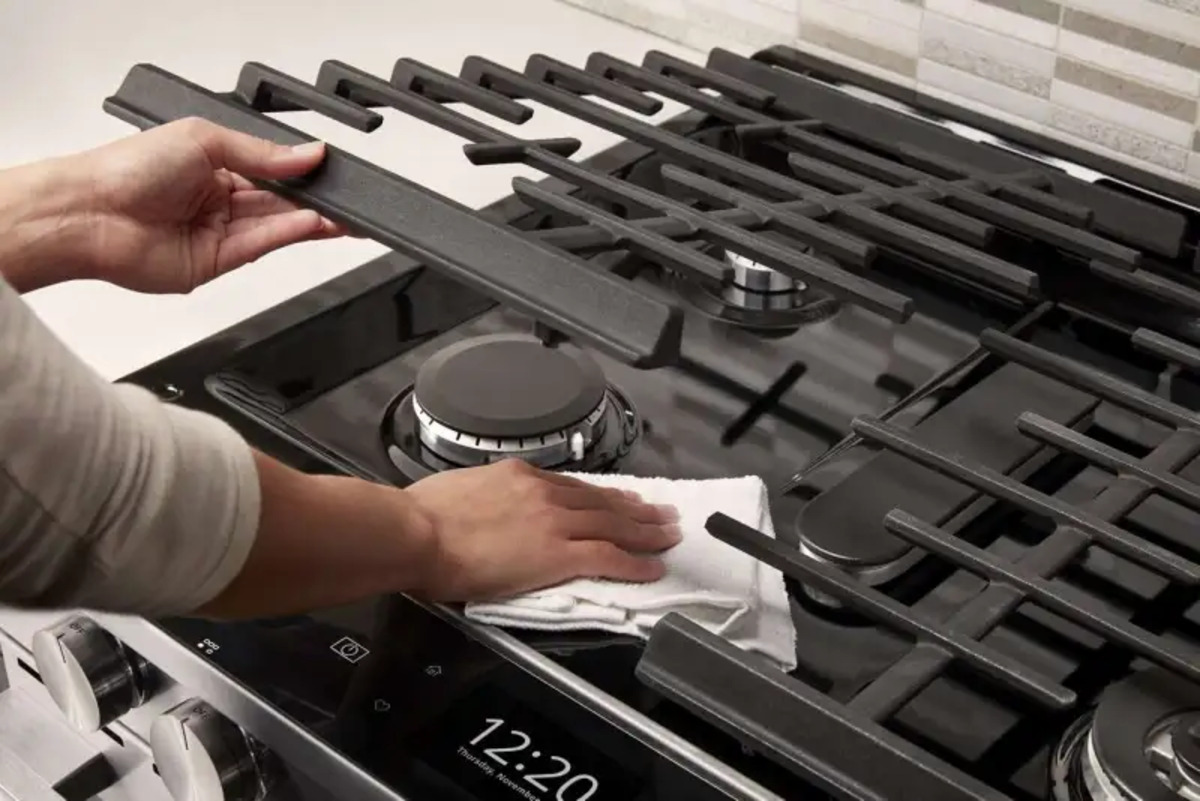
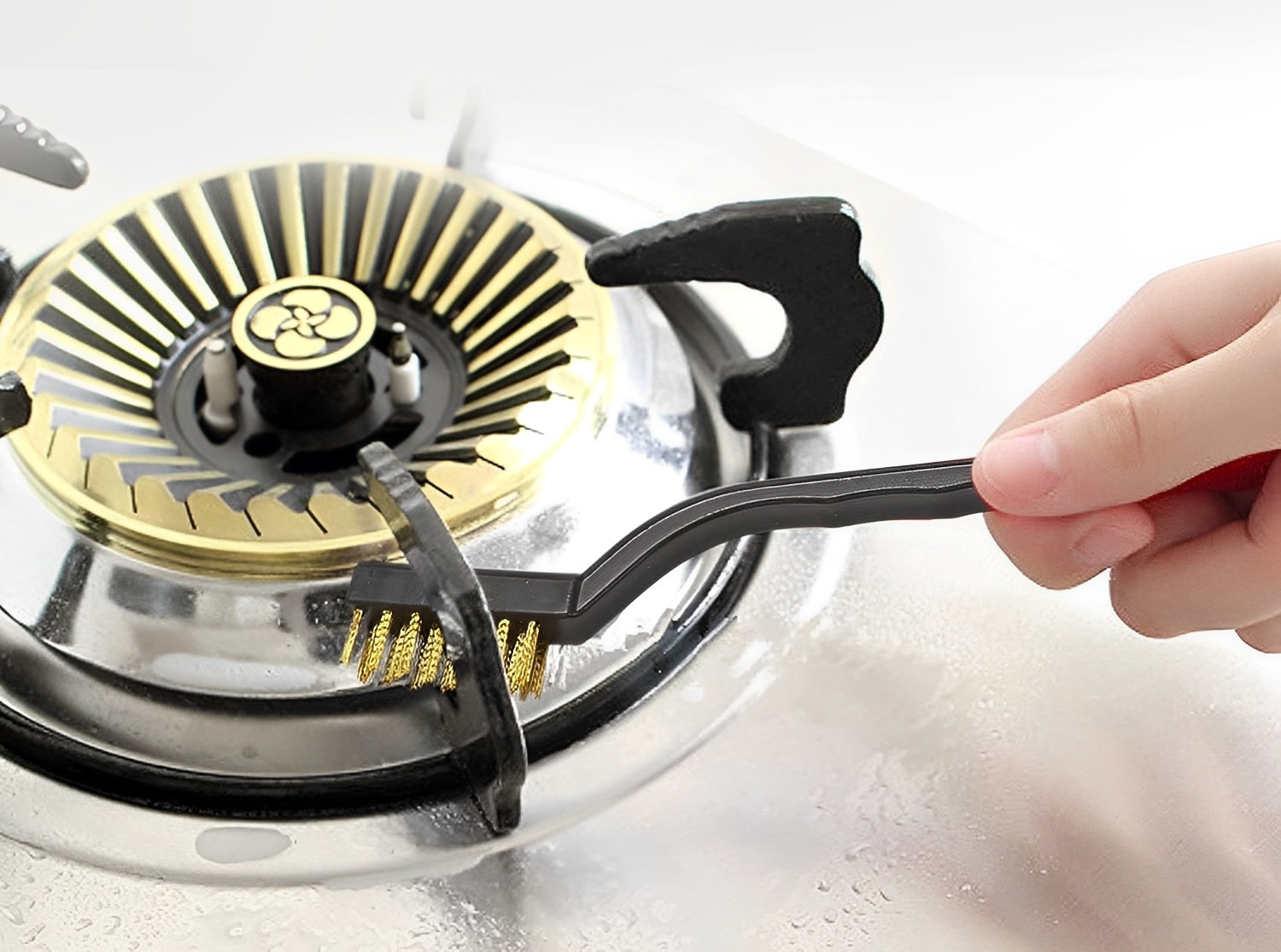
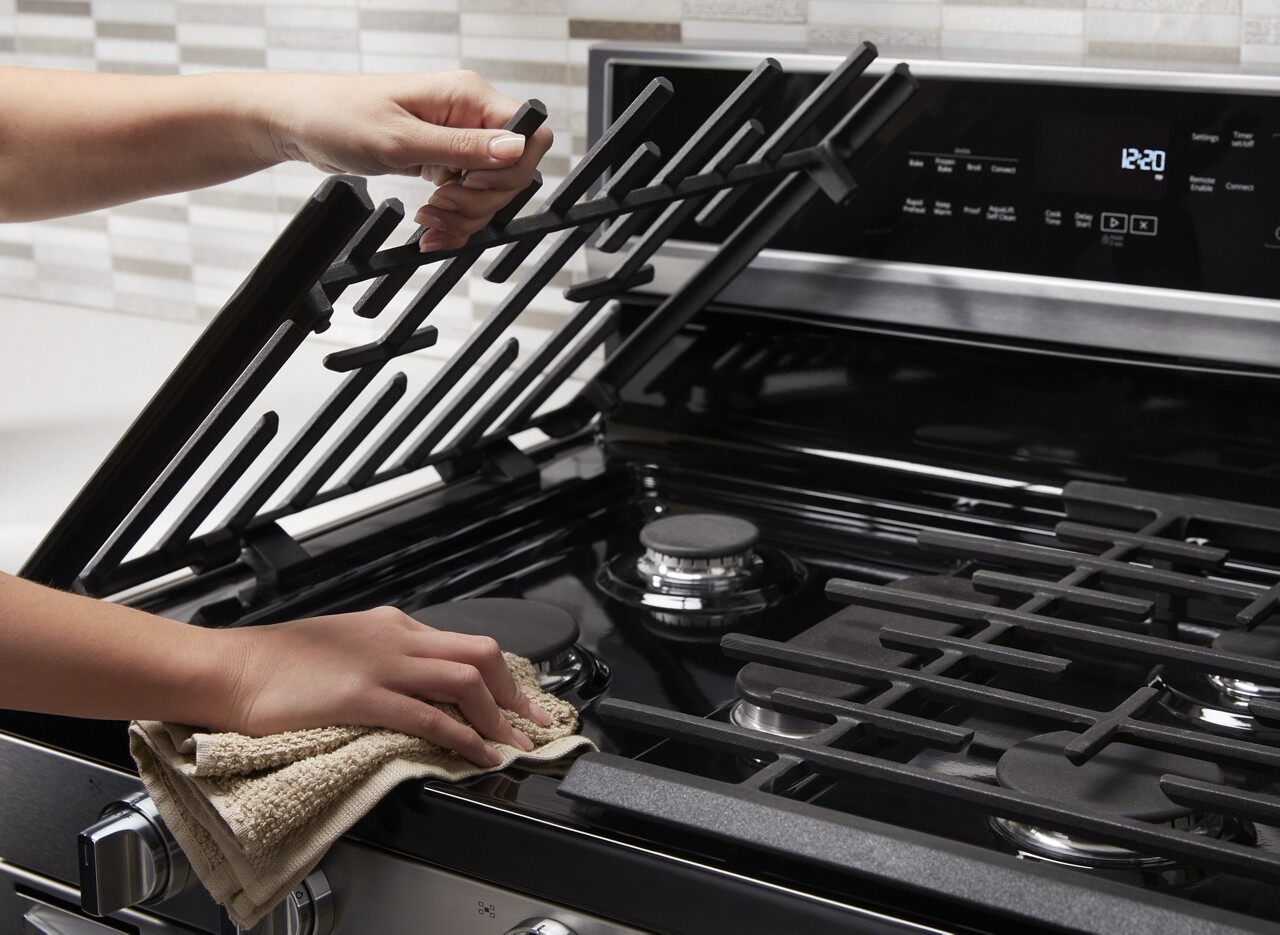


0 thoughts on “How To Clean Stove Grills”